Milky Way
For the past few years, a lot of attention has been paid to the dairy industry and its cruel practices. Experts in this field point to numerous problems that arise in connection with the ways in which animals are treated on industrial dairy farms, as well as numerous irregularities related to the production and processing of dairy products. Worrying data is also found about the results of the dairy industry research regarding environmental pollution, considering that in recent decades global milk production has increased by over 50%. Last year, the value of the global dairy market reached US$893 billion, and it is estimated that this number will reach US$1.243 billion by 2028.
It is estimated that there are currently over 270 million cows producing milk in the world. In the United States, according to estimates, there are about 9.4 million dairy cows, 23 million of them in the European Union and about 6 million in Australia and New Zealand. Milk production has also been on the rise in Asia in recent years, including countries not traditionally known for milk consumption, most notably China, which is estimated to currently have more than 12 million milk-producing cows. In 2021, the European Union produced more cow's milk than any other region in the world, about 145 million metric tons. Before industrial farming, cows produced the amount of milk needed to feed their calves, which averaged about one gallon of milk per day. Through selective breeding and the use of artificial hormones, modern cow breeding practices in the dairy industry have drastically increased the average milk production to seven and a half gallons per cow per day. In this sense, milk production per cow has more than doubled in the last 40 years.
In nature, cows produce enough milk to feed their newborn calves. However, industrial farms use cruel and unnatural methods to increase the production of cow's milk on the one hand and in turn maximize their profits. It is a common misconception that cows inherently produce milk throughout their lives, but like other mammals, cows must become pregnant to produce milk. That is, the condition for milk production in cows is their pregnancy. After a cow gives birth to a calf, farm workers separate the mothers from their babies and set up machines to milk the mothers continuously for the next 10 months. Also, the practice of artificial insemination of animals is most common in this industry, as soon as they are old enough for it, which usually happens already at 15 months of age.
In order to collect the milk needed for human consumption, farmers usually wean cows from their calves immediately after birth. This is standard industry practice, despite the heartbreaking reality that many mother cows cry for days after being forcibly separated from their calves. Cows raised in the dairy industry spend their lives trapped in this inhumane cycle of artificial insemination, weaning and exhaustive mechanized milking. In nature, the average lifespan of a cow is 15 to 20 years, but in the dairy industry it is significantly shortened. After a cow's milk production declines, which happens on average as early as 4 or 5 years of age, most dairy cows are sent to slaughterhouses, and their bodies are then processed for low-quality meat, such as ground beef.
The fate of calves born on dairy farms is almost always tragic. A large number of female calves will be used for milk production when they are old enough to give birth, like their mothers. However, the dairy industry has no use for male calves because they cannot produce milk. As a result, the majority of male calves are killed and discarded immediately after birth, or in the best case are sent to meat farms where they face appallingly cruel living conditions, before being sent to slaughter usually before they are 20 weeks old.
In the dairy industry, cows are trapped in an endless cycle of pregnancy, which forces their bodies to produce as much milk as possible. Combined with factory farm conditions, this practice leads to numerous physical problems in cows that often result in chronic and debilitating pain. Research on this topic also indicates that, in most cases, cows suffer from various chronic diseases, which are "treated" with numerous drugs and antibiotics. Also, data from the United States indicates that the same slaughterhouses process beef and dairy cows. By the time dairy cows reach the slaughterhouse, their bodies are often so damaged and diseased that they are unable to make the short walk from the transport truck to the slaughterhouse. To prevent sick animals from entering the food system, it is forbidden to slaughter downed cows alongside "healthy" ones, which is why they are often pushed into slaughterhouses through side doors using bulldozers or other pushing means.




